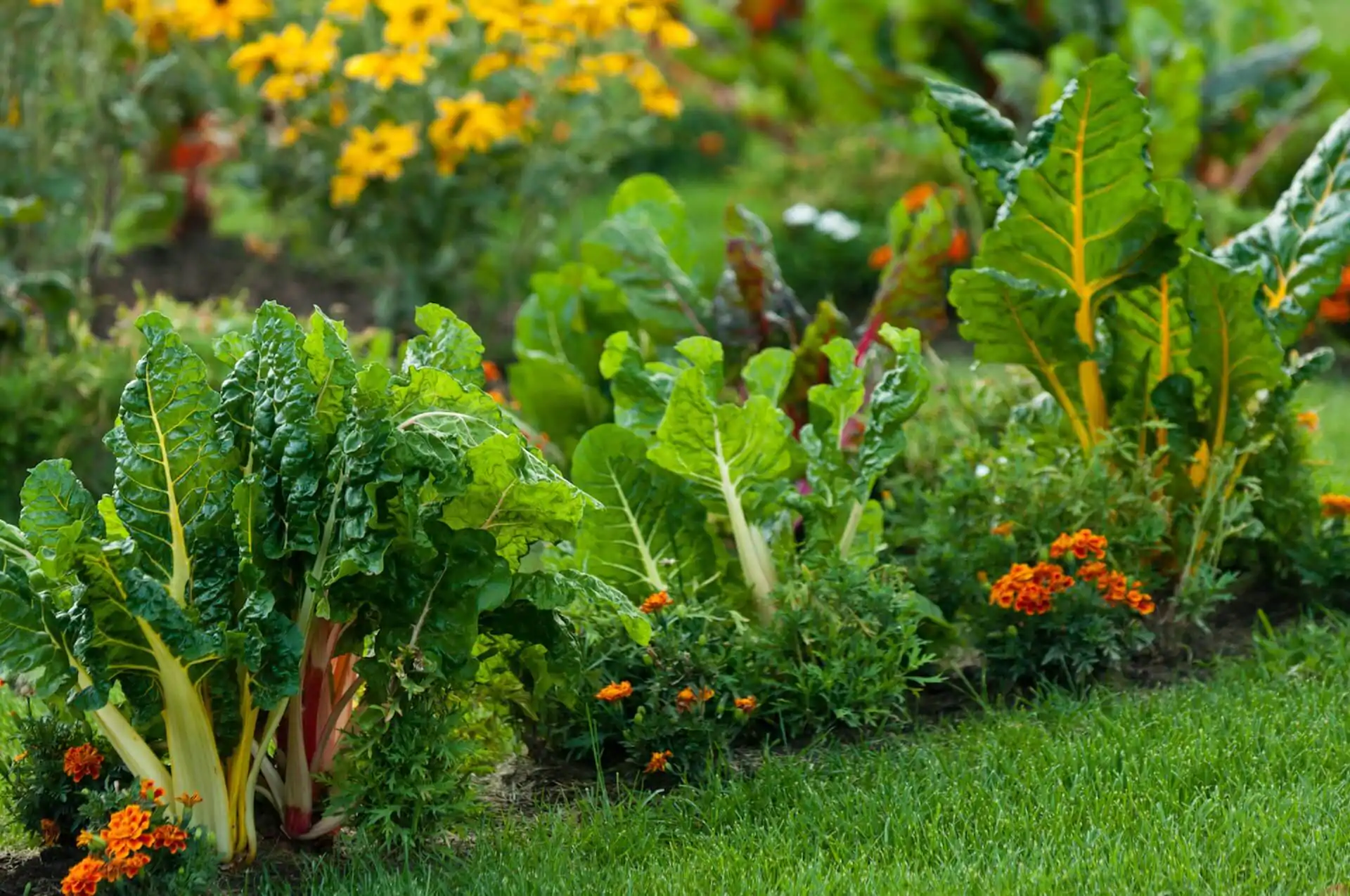Companion planting is a time-honored technique that involves growing different plants together for mutual benefit. By carefully selecting plant combinations, you can enhance the health and productivity of your garden. Companion planting not only improves soil health but also helps to deter pests and diseases naturally.
One of the primary benefits of companion planting is improved soil health. Certain plants, such as legumes, can fix nitrogen in the soil, making it more available to other plants. Deep-rooted plants can break up compacted soil, improving aeration and water penetration. By combining plants with different root structures, you can create a more balanced and fertile soil environment.
Companion planting can also help to deter pests and diseases naturally. For example, planting marigolds with tomatoes can help repel nematodes, while planting basil with tomatoes can improve their flavor and deter pests. Some plants release chemicals that repel pests or attract beneficial insects, creating a natural defense system in your garden.
Another advantage of companion planting is the efficient use of space. By interplanting fast-growing crops with slower-growing ones, you can maximize your garden's productivity. For example, planting radishes or lettuce between rows of slower-growing crops like cabbage or broccoli can help to suppress weeds and make the most of your available space.
Companion planting can also enhance the aesthetic appeal of your garden. By combining plants with different colors, textures, and heights, you can create a visually stunning and diverse landscape. Consider the mature size and growth habits of your plants when designing your garden layout to ensure a harmonious and balanced design.
To get started with companion planting, research the specific needs and benefits of the plants you wish to grow. Consider factors such as soil requirements, water needs, and light preferences when selecting plant combinations. Experiment with different combinations and observe the results to determine what works best in your garden.
